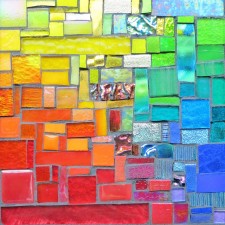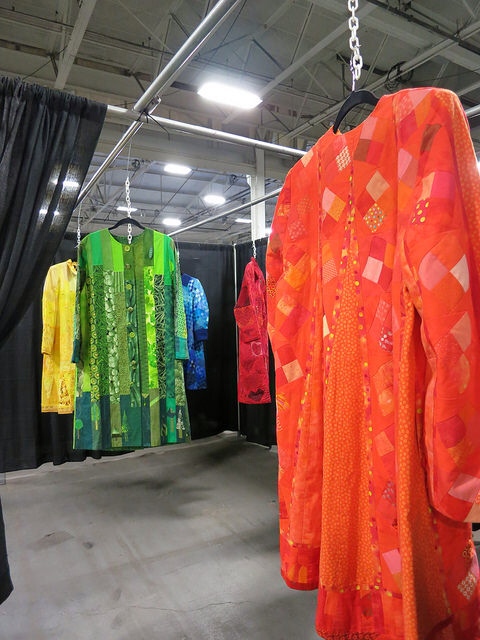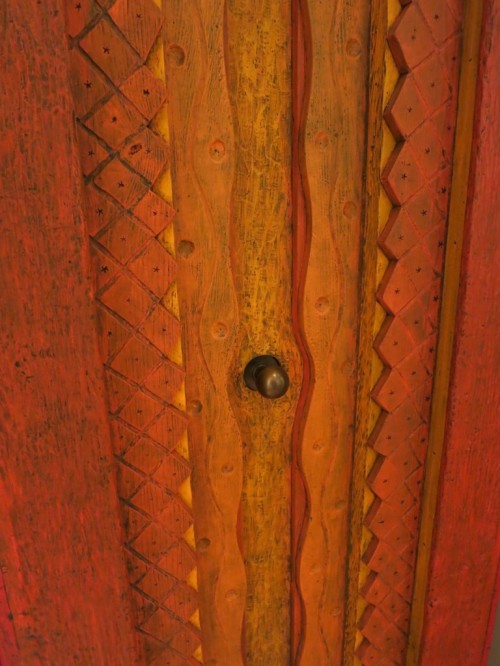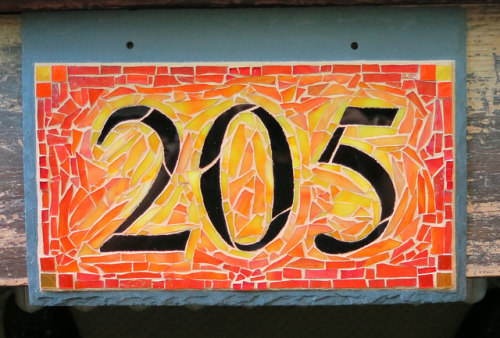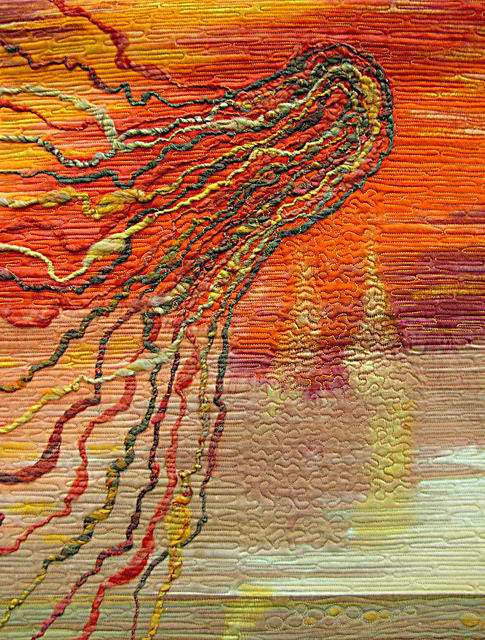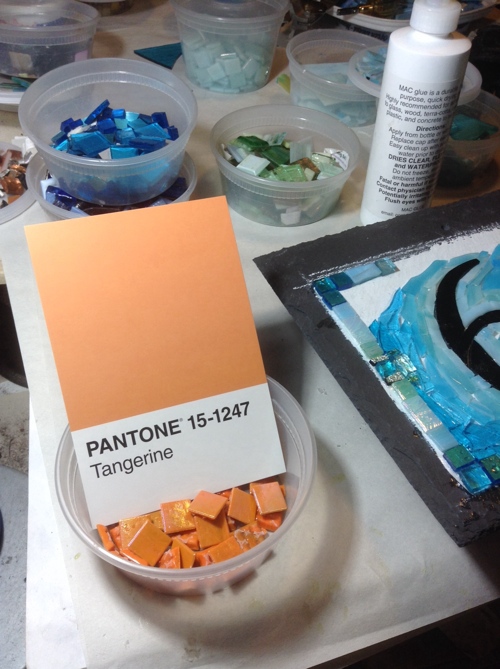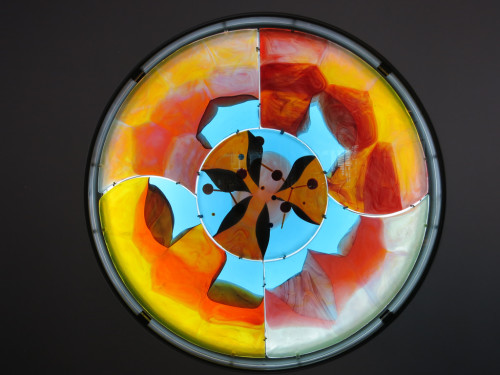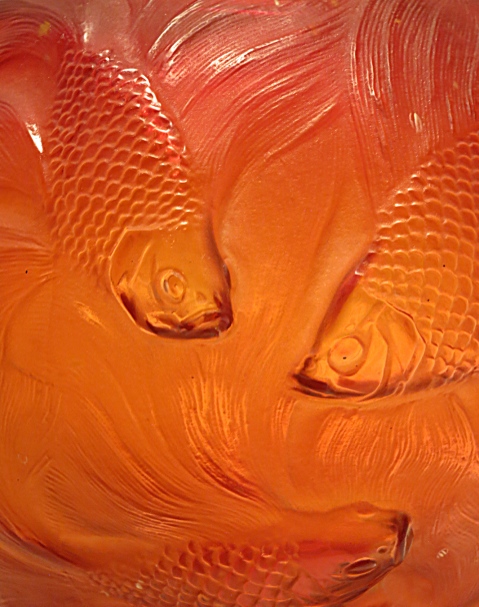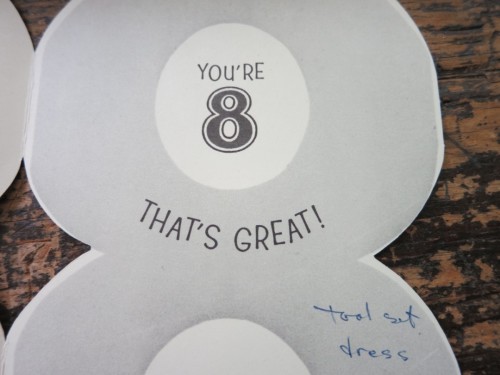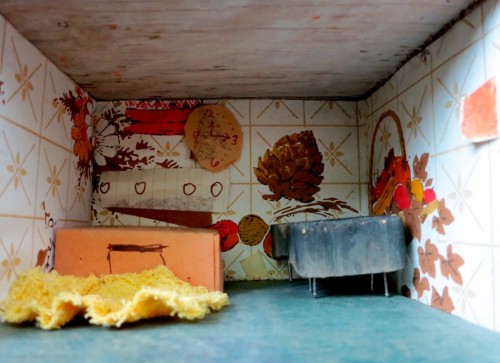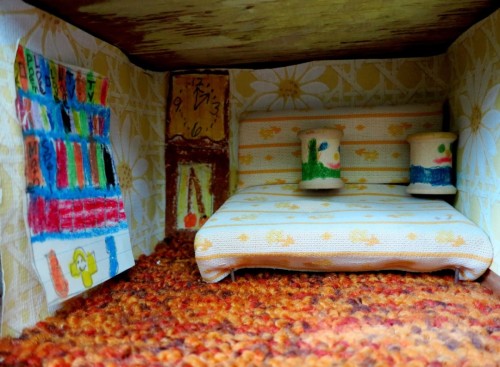
This quilt introduced me to the concept of Miyabi, a traditional Japanese aesthetic combining elegance and sorrow. Matsuko Shiraishi describes how the quilt is made of wedding Kimono fabric, and that wedding ceremonies are a combination of those two emotions. To see the whole quilt, which takes on the shape of a Kimono, there’s a great photo of Matsuko Shiraishi’s work on the gladiquilts site.
Having words to describe different forms of beauty helps me look at things more closely and contemplatively. I have written about Wabi Sabi and Hozho, and the beauty of imperfection, but Miyabi was new to me. The Kimono fabric is definitely elegant, with metallic thread and a silky sheen.
What defines elegant for you?
